Home>Gardening & Outdoor>Landscaping Ideas>How To Know If You’re Allergic To Grass
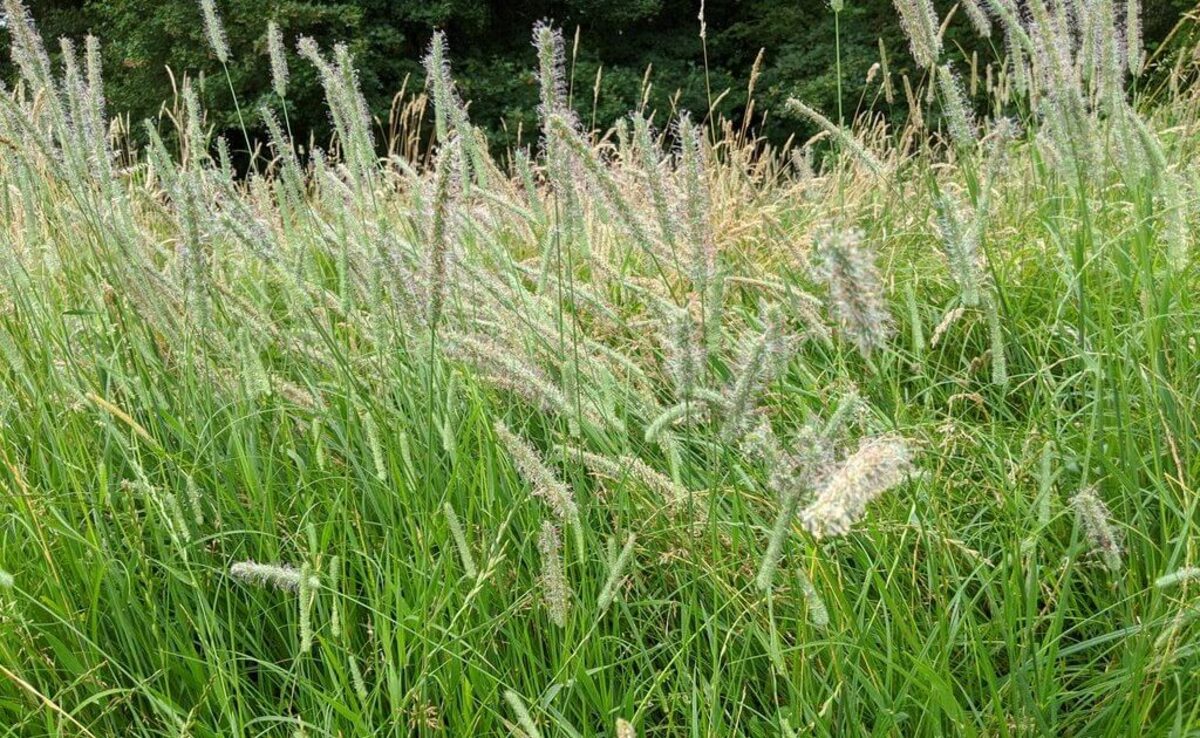

Landscaping Ideas
How To Know If You’re Allergic To Grass
Modified: March 26, 2024
Learn how to identify grass allergies and get landscaping ideas to minimize exposure. Find out if your symptoms are related to grass allergies.
(Many of the links in this article redirect to a specific reviewed product. Your purchase of these products through affiliate links helps to generate commission for Storables.com, at no extra cost. Learn more)
**
Introduction
**
If you find yourself sneezing, coughing, or experiencing itchy eyes during certain times of the year, you might be one of the millions of people who suffer from grass allergies. While grass is a ubiquitous and essential part of the natural landscape, for some individuals, it can trigger a range of uncomfortable and sometimes debilitating symptoms. In this article, we'll delve into the causes, symptoms, testing methods, treatment options, and prevention tips for grass allergies, empowering you to identify and manage this common allergic condition effectively.
For many, the arrival of spring and summer heralds a period of outdoor enjoyment, but for those with grass allergies, it can be a time of heightened vigilance and discomfort. Understanding the triggers and manifestations of grass allergies is crucial for navigating the seasons with greater ease and minimizing the impact of this widespread condition. Whether you're an avid gardener, a sports enthusiast, or simply someone who enjoys spending time outdoors, recognizing the signs of grass allergies can significantly improve your quality of life and help you take proactive measures to address and alleviate your symptoms.
Throughout this article, we'll explore the various aspects of grass allergies, from their underlying causes to the most effective methods for managing and mitigating their effects. By the end, you'll be equipped with valuable insights and practical strategies for identifying, treating, and preventing grass allergies, allowing you to embrace the great outdoors with confidence and comfort.
**
Key Takeaways:
- Grass allergies can cause sneezing, itchy eyes, and fatigue. Testing and treatment options, like allergy shots and medication, can help manage symptoms and improve quality of life for those affected.
- Prevention tips, such as monitoring pollen counts and creating allergy-safe spaces, can minimize exposure to grass pollen and reduce the risk of allergic reactions. By integrating these tips, individuals can enjoy the outdoors with confidence and comfort.
Read more: Why Am I Allergic To Grass Pollen
What Causes Grass Allergies
**
Grass allergies are primarily triggered by the pollen released by grass plants, which can become airborne and easily inhaled. This pollen contains proteins that can prompt an allergic reaction in susceptible individuals. When someone with a grass allergy comes into contact with grass pollen, their immune system identifies it as a threat and produces antibodies to combat it. This immune response leads to the release of histamines and other chemicals, which in turn cause the classic symptoms of allergies, such as sneezing, itching, and congestion.
It’s important to note that not all grass species produce pollen that triggers allergies. Certain types of grass, including Bermuda grass, Timothy grass, and Johnson grass, are more likely to provoke allergic reactions. However, the specific grasses that cause allergies can vary depending on geographic location and climate, making it essential for individuals to be aware of the prevalent grass species in their area.
Grass pollen tends to be most abundant during the spring and summer months, coinciding with the peak growing season for many grasses. During this time, grass pollen can be carried by the wind over considerable distances, leading to widespread exposure for allergy sufferers. Additionally, grass pollen can adhere to clothing, pets, and other surfaces, further increasing the risk of inadvertent exposure.
While pollen is the primary culprit behind grass allergies, it’s worth noting that direct contact with grass itself can also trigger allergic reactions in some individuals. This can occur through skin contact or inhalation of grass particles, particularly during activities such as mowing the lawn or participating in outdoor sports on grassy surfaces.
Understanding the specific triggers and mechanisms of grass allergies is key to developing effective strategies for managing and mitigating their impact. By recognizing the role of grass pollen and direct grass contact in triggering allergic responses, individuals can take proactive measures to minimize their exposure and alleviate their symptoms.
**
Common Symptoms of Grass Allergies
**
Grass allergies can manifest in a variety of symptoms, ranging from mild discomfort to more severe respiratory and dermatological issues. The most common signs of grass allergies include:
- Sneezing:** This is one of the most prevalent symptoms of grass allergies. Individuals with grass allergies often experience frequent and persistent bouts of sneezing, especially during the peak pollen season.
- Runny or Stuffy Nose:** Grass allergies can lead to nasal congestion, accompanied by a runny or stuffy nose. This can cause significant discomfort and impact an individual’s ability to breathe easily.
- Itchy, Watery Eyes:** Allergic reactions to grass pollen can result in itchy, watery, and red eyes, which can interfere with vision and overall comfort.
- Coughing and Throat Irritation:** Grass allergies may provoke coughing and throat irritation, often due to postnasal drip and the inhalation of airborne allergens.
- Wheezing and Shortness of Breath:** In more severe cases, grass allergies can trigger asthma symptoms, such as wheezing and shortness of breath, particularly in individuals with pre-existing respiratory conditions.
- Skin Reactions:** Direct contact with grass can cause skin reactions, including itching, hives, and eczema. This is particularly common during activities that involve close contact with grass, such as gardening or sports.
- Fatigue and Irritability:** The persistent discomfort and disrupted sleep caused by grass allergies can lead to fatigue and irritability, impacting overall well-being and daily functioning.
It’s important to recognize that the severity and combination of symptoms can vary among individuals, with some experiencing mild allergic reactions and others facing more pronounced and debilitating effects. Additionally, the duration of symptoms can be influenced by factors such as pollen counts, individual sensitivity, and environmental conditions.
By familiarizing themselves with these common symptoms, individuals can promptly identify and address potential grass allergies, seeking appropriate medical guidance and implementing targeted management strategies to alleviate their discomfort and enhance their quality of life.
**
Testing for Grass Allergies
**
For individuals experiencing symptoms indicative of grass allergies, seeking a comprehensive diagnosis is essential for effective management and treatment. Allergy testing plays a crucial role in identifying specific allergens and confirming the presence of grass allergies. The following are common methods used to test for grass allergies:
- Skin Prick Test:** This test involves placing a small amount of grass pollen extract on the skin, typically on the forearm or back, and then pricking the skin to allow the allergen to enter. If a raised, red, and itchy bump (wheal) develops at the site, it indicates a positive allergic reaction to grass pollen.
- Blood Test:** A blood test, such as the specific immunoglobulin E (IgE) test, can measure the levels of antibodies produced in response to grass pollen. Elevated IgE levels indicate an allergic response to grass allergens, aiding in the confirmation of grass allergies.
- Patch Test:** This test is used to diagnose contact dermatitis caused by direct skin contact with grass. Small amounts of grass extracts are applied to patches, which are then placed on the skin for a specified period. Any skin reactions that occur indicate an allergic response to grass.
It’s important to undergo allergy testing under the guidance of a qualified healthcare professional, such as an allergist or immunologist, who can interpret the results accurately and provide personalized recommendations based on the findings. By identifying the specific allergens triggering allergic reactions, individuals can tailor their management and treatment approaches to effectively address their grass allergies.
Additionally, allergy testing can help differentiate grass allergies from other potential triggers, such as pollen from trees, weeds, or mold, ensuring that the appropriate allergens are targeted in the treatment and prevention strategies. Armed with a clear understanding of their allergic sensitivities, individuals can make informed decisions regarding environmental modifications, medication usage, and allergen avoidance measures.
By undergoing thorough testing for grass allergies, individuals can gain valuable insights into their allergic triggers and embark on a proactive journey toward managing their symptoms and reclaiming their comfort and well-being.
**
If you suspect you may be allergic to grass, pay attention to symptoms like sneezing, itchy eyes, or a rash after being in contact with grass. See a doctor for allergy testing to confirm.
Treatment Options for Grass Allergies
**
Managing grass allergies involves a multifaceted approach aimed at alleviating symptoms, reducing allergic reactions, and enhancing overall quality of life. The following treatment options are commonly employed to address grass allergies:
- Medication:** Over-the-counter and prescription antihistamines, decongestants, and nasal corticosteroids can help alleviate symptoms such as sneezing, nasal congestion, and itchy eyes. These medications work to counteract the effects of histamines and other inflammatory compounds released during allergic responses.
- Allergy Shots (Immunotherapy):** Allergy shots, also known as immunotherapy, involve the administration of gradually increasing doses of grass pollen extracts to desensitize the immune system. This can reduce the severity of allergic reactions over time and is particularly beneficial for individuals with persistent and severe grass allergies.
- Sublingual Immunotherapy (SLIT):** This alternative to allergy shots involves placing small doses of grass allergen extracts under the tongue to build tolerance and reduce allergic symptoms. SLIT can be self-administered at home after an initial assessment and prescription from a healthcare professional.
- Environmental Modifications:** Implementing measures to minimize exposure to grass pollen, such as keeping windows closed during peak pollen seasons, using air purifiers, and regularly cleaning indoor spaces, can help reduce allergic reactions.
- Personal Protection:** Wearing sunglasses to shield the eyes, using pollen-filtering masks during outdoor activities, and changing clothes after spending time in grassy areas can limit direct contact with grass pollen and mitigate allergic symptoms.
- Allergen Avoidance:** Staying indoors during high pollen counts, delegating lawn mowing and gardening tasks to non-allergic individuals, and choosing grass-free outdoor activities can reduce exposure to grass allergens.
It’s important for individuals with grass allergies to consult with a healthcare professional to determine the most suitable treatment options based on the severity of their symptoms, medical history, and lifestyle considerations. By adopting a personalized and comprehensive approach to managing grass allergies, individuals can effectively minimize their allergic responses and regain control over their daily activities and well-being.
Furthermore, staying informed about emerging treatment modalities and advancements in allergy management can empower individuals to explore innovative options for addressing their grass allergies and achieving long-term relief from their symptoms.
**
Read more: What Happens If You’re Allergic To Grass
Prevention Tips for Grass Allergies
**
While managing grass allergies involves addressing symptoms and implementing treatment strategies, taking proactive measures to prevent exposure to grass pollen and minimize allergic reactions is equally crucial. The following prevention tips can help individuals reduce their risk of experiencing discomfort and complications associated with grass allergies:
- Monitor Pollen Counts:** Stay informed about local pollen forecasts and plan outdoor activities when pollen levels are lower, typically in the late afternoon or after rainfall when pollen is less likely to be airborne.
- Create Allergy-Safe Spaces:** Designate certain areas in the home, such as bedrooms, as pollen-free zones by using air purifiers, regularly cleaning surfaces, and minimizing the presence of items that can trap pollen, such as carpets and heavy drapes.
- Practice Smart Landscaping:** Opt for low-allergen landscaping options, such as gravel or hardscaping in place of grass lawns, and choose non-allergenic plants for gardens to reduce overall pollen exposure.
- Personal Hygiene:** Showering and changing clothes after spending time outdoors, particularly after engaging in activities that involve contact with grass, can prevent the spread of pollen indoors and minimize skin exposure.
- Pet Care:** Regularly grooming pets and wiping their fur after outdoor excursions can prevent them from carrying grass pollen into the home, reducing the risk of allergic reactions for pet owners.
- Air Quality Management:** Use high-efficiency particulate air (HEPA) filters in HVAC systems, vacuum cleaners, and air purifiers to capture airborne pollen particles and maintain clean indoor air quality.
By integrating these prevention tips into their daily routines and living environments, individuals with grass allergies can create supportive and allergen-minimized spaces that promote greater comfort and well-being. Additionally, staying attuned to seasonal variations in pollen counts and environmental conditions can empower individuals to make informed decisions about outdoor activities and exposure risks.
Ultimately, a proactive and holistic approach to preventing grass allergies can significantly reduce the impact of allergic reactions and enhance the overall quality of life for individuals prone to grass pollen sensitivities. By embracing these prevention tips, individuals can navigate the challenges of grass allergies with greater confidence and resilience, allowing them to fully enjoy the beauty of the outdoors without compromising their health and comfort.
**
Conclusion
**
Grass allergies are a prevalent and often disruptive condition that can affect individuals of all ages, impacting their enjoyment of outdoor activities and overall well-being. By understanding the causes, symptoms, testing methods, treatment options, and prevention tips for grass allergies, individuals can equip themselves with the knowledge and tools necessary to effectively manage and mitigate the impact of this common allergic condition.
Recognizing the pivotal role of grass pollen in triggering allergic responses, as well as the diverse array of symptoms associated with grass allergies, is essential for prompt identification and targeted intervention. Through comprehensive allergy testing, individuals can pinpoint their specific allergens and tailor their treatment and prevention strategies to address their grass allergies effectively.
Moreover, the availability of various treatment options, from medication and immunotherapy to environmental modifications and allergen avoidance measures, offers individuals with grass allergies a range of approaches to alleviate their symptoms and regain control over their daily lives. By collaborating with healthcare professionals to explore the most suitable treatment modalities, individuals can embark on a personalized journey toward long-term relief from their grass allergies.
Embracing proactive prevention tips, such as monitoring pollen counts, creating allergy-safe spaces, and practicing smart landscaping, empowers individuals to minimize their exposure to grass pollen and reduce the risk of allergic reactions. By integrating these preventive measures into their lifestyles, individuals can foster supportive and allergen-minimized environments that promote greater comfort and well-being.
Ultimately, by arming themselves with knowledge, seeking comprehensive diagnosis and treatment, and implementing targeted prevention strategies, individuals can navigate the challenges of grass allergies with resilience and confidence. With a proactive and informed approach, individuals can reclaim their enjoyment of the outdoors and embrace the beauty of nature without compromising their health and comfort.
By fostering a deeper understanding of grass allergies and the diverse strategies for managing and preventing their impact, individuals can embark on a journey toward greater well-being and a renewed sense of freedom in their interactions with the natural world.
Frequently Asked Questions about How To Know If You're Allergic To Grass
Was this page helpful?
At Storables.com, we guarantee accurate and reliable information. Our content, validated by Expert Board Contributors, is crafted following stringent Editorial Policies. We're committed to providing you with well-researched, expert-backed insights for all your informational needs.

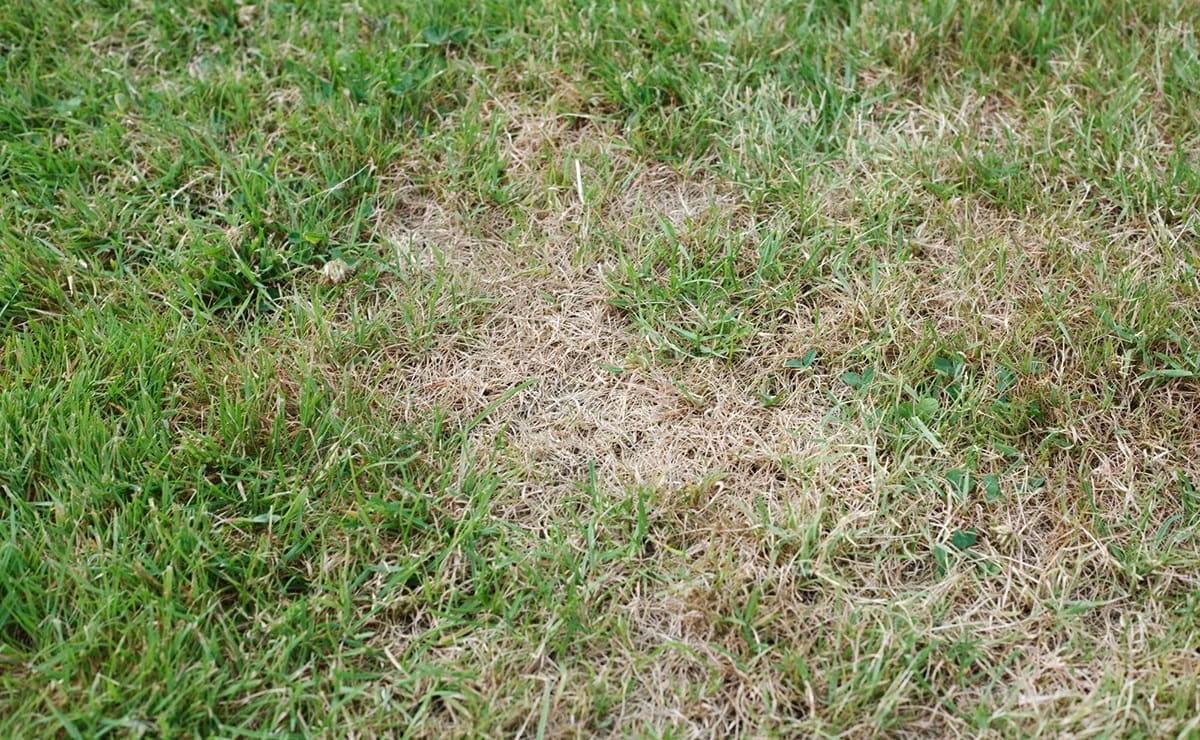
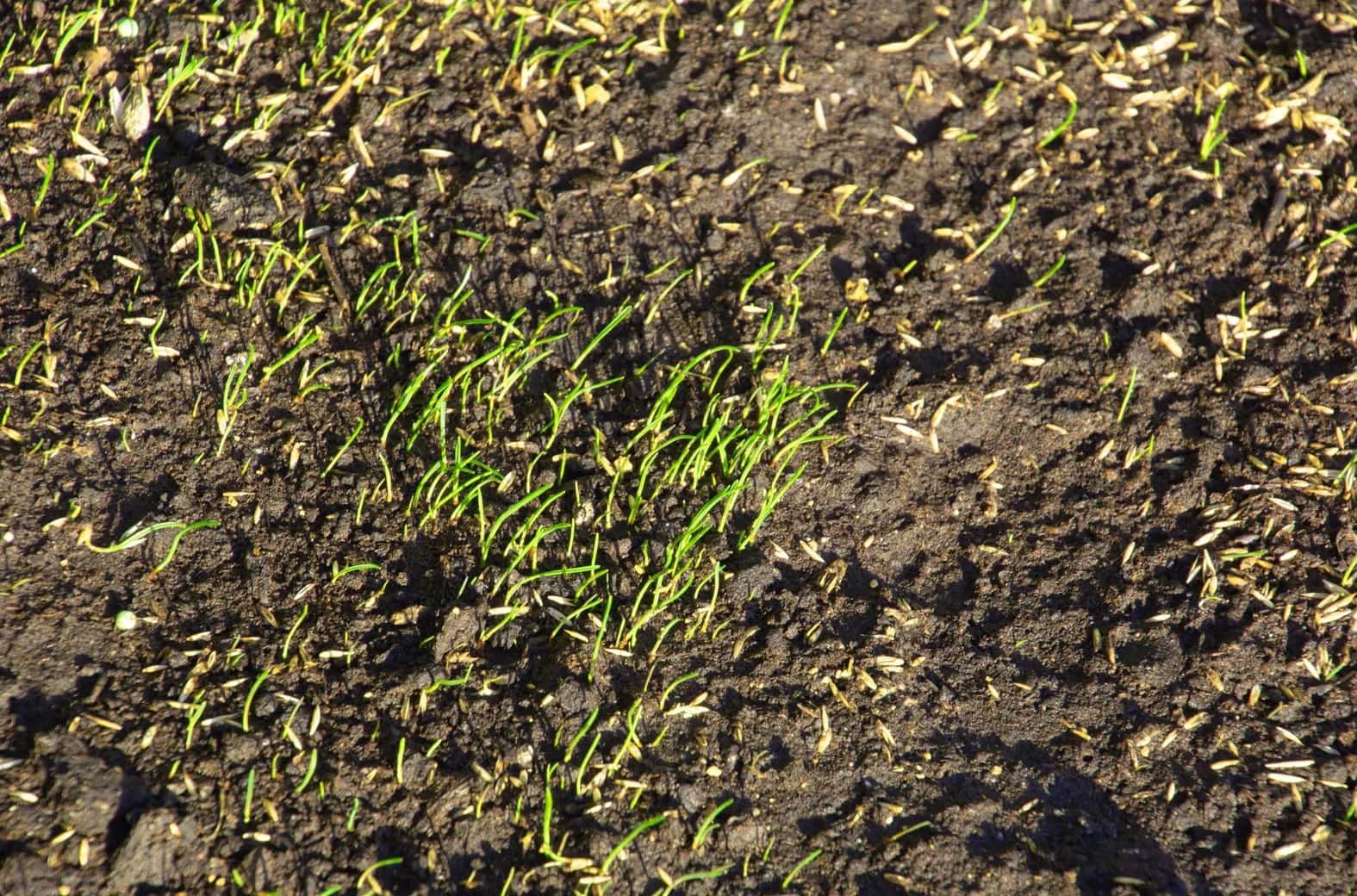




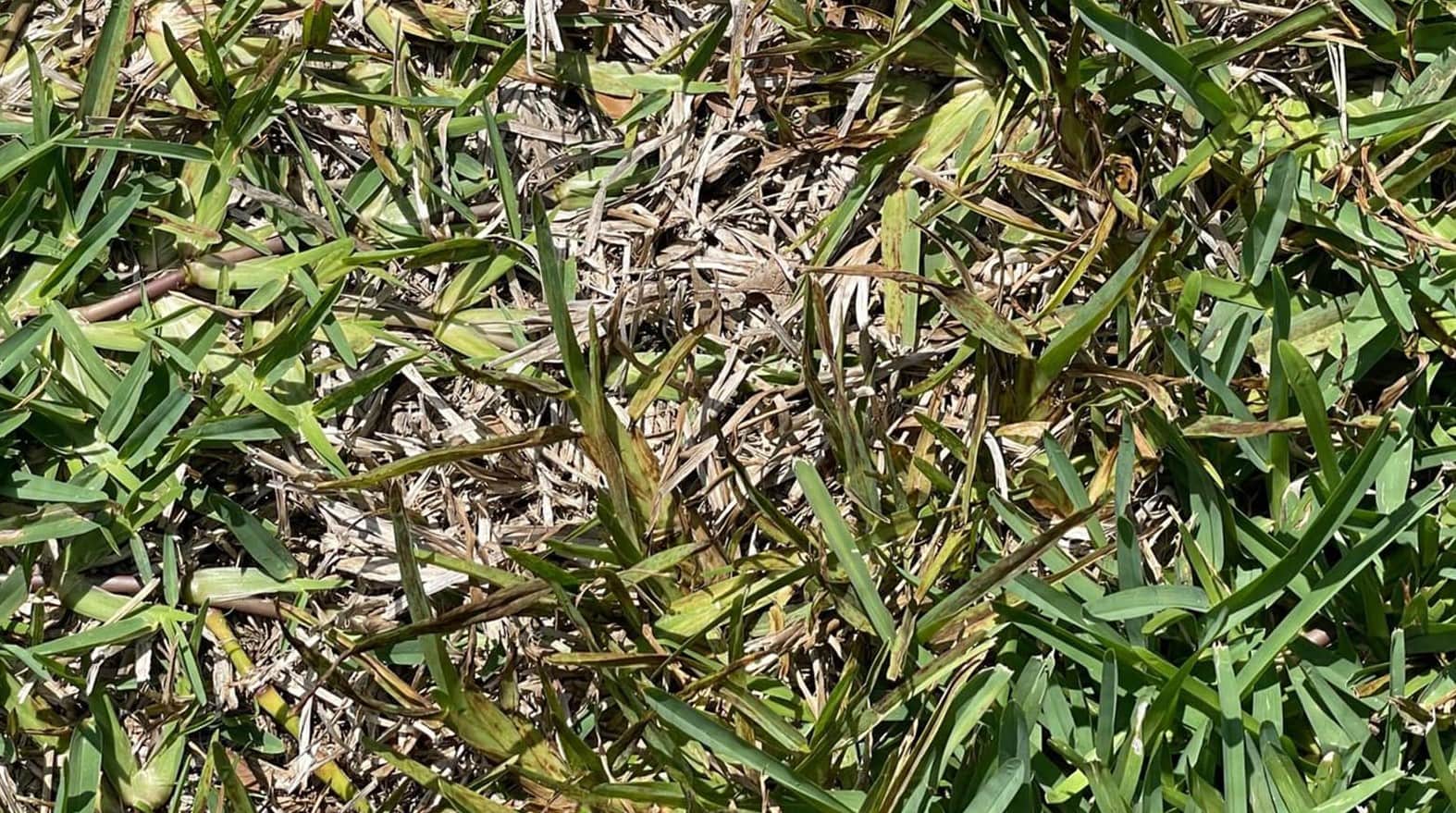

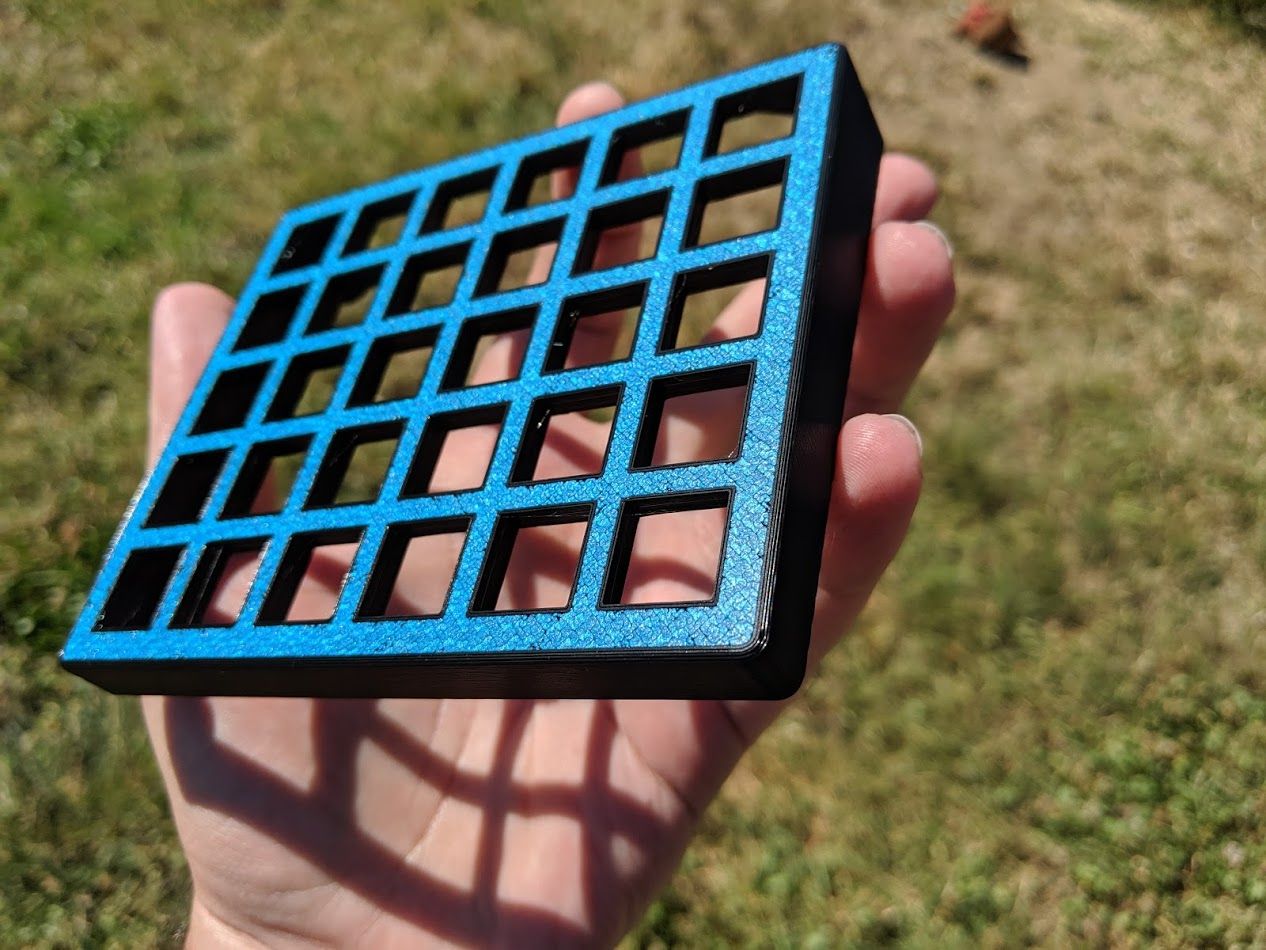


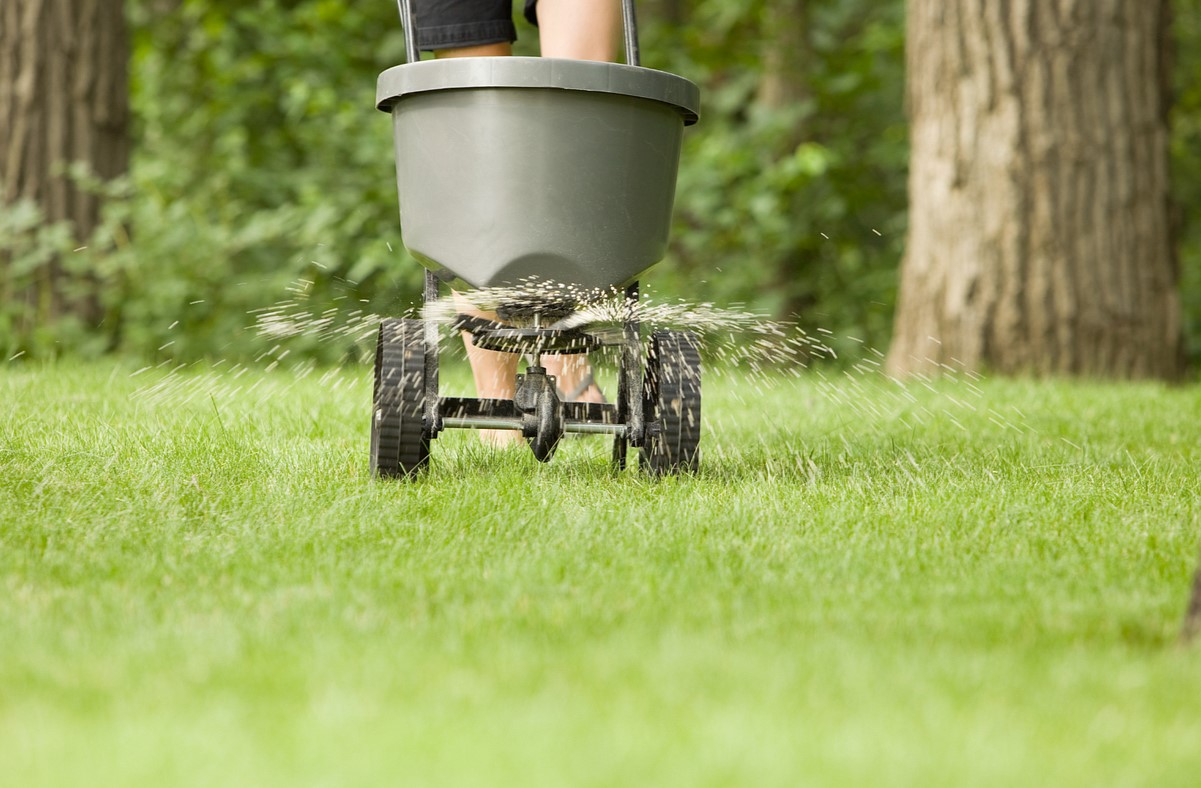
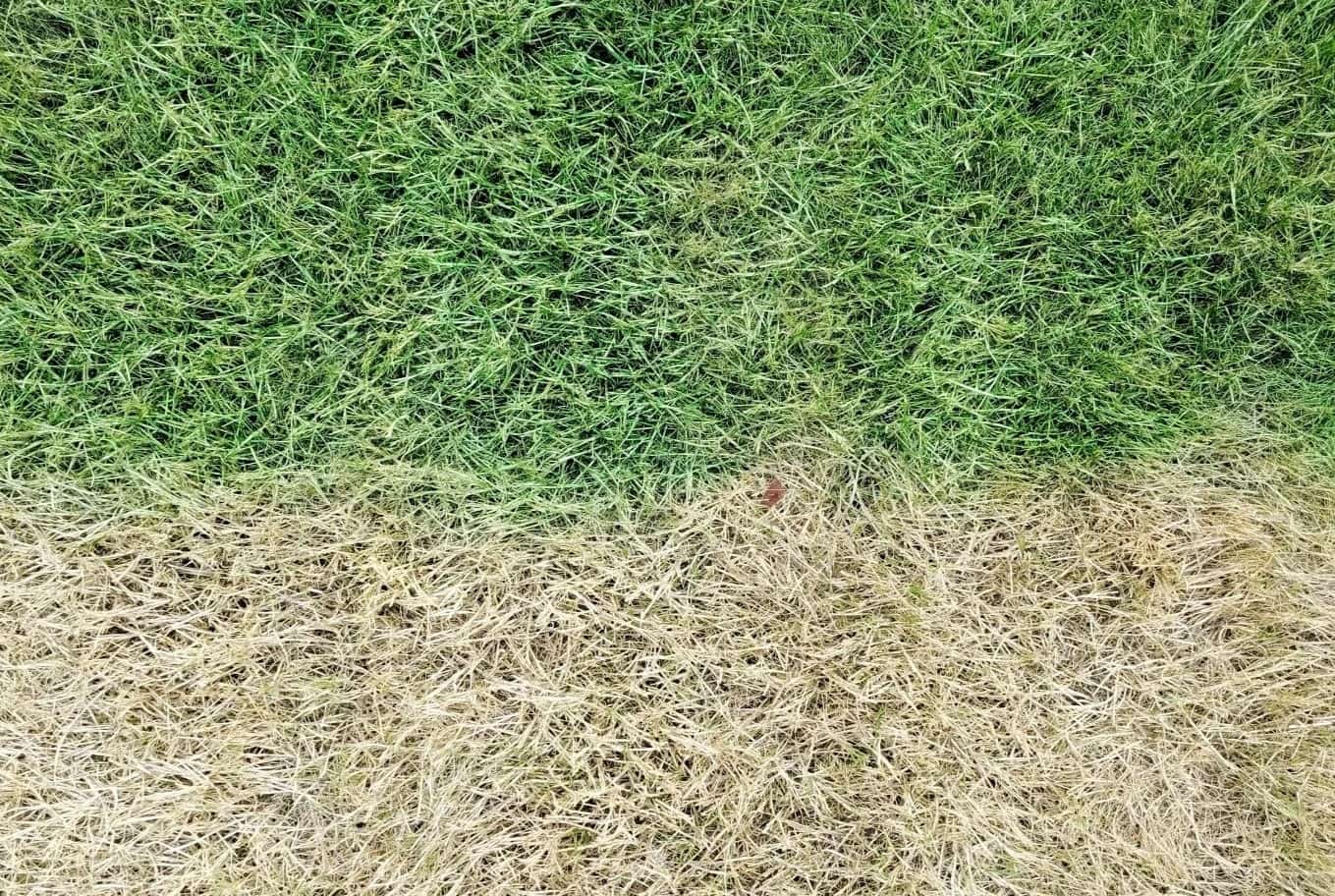

0 thoughts on “How To Know If You’re Allergic To Grass”